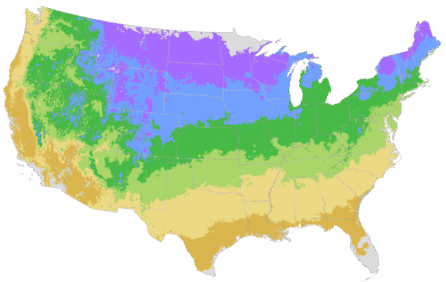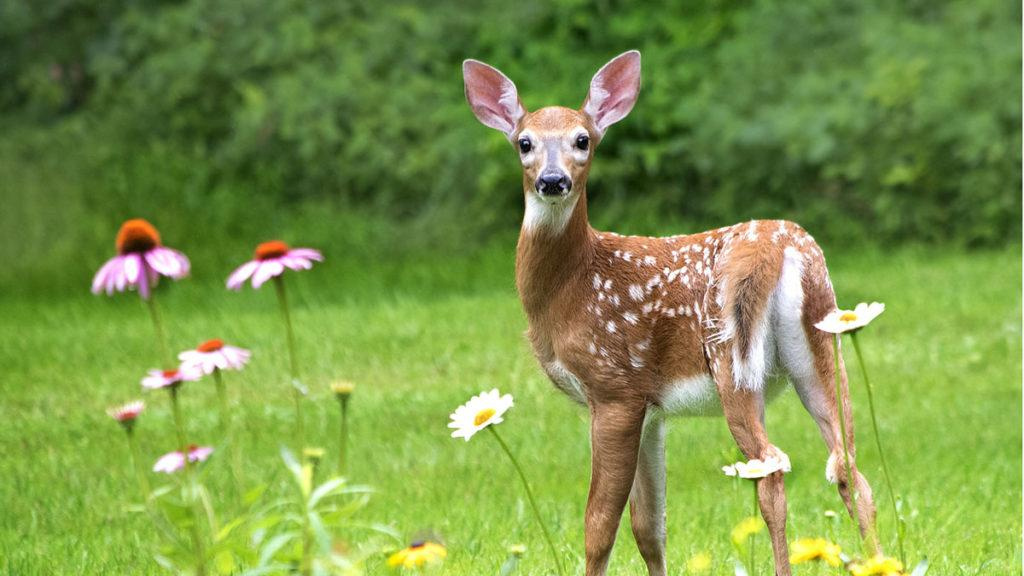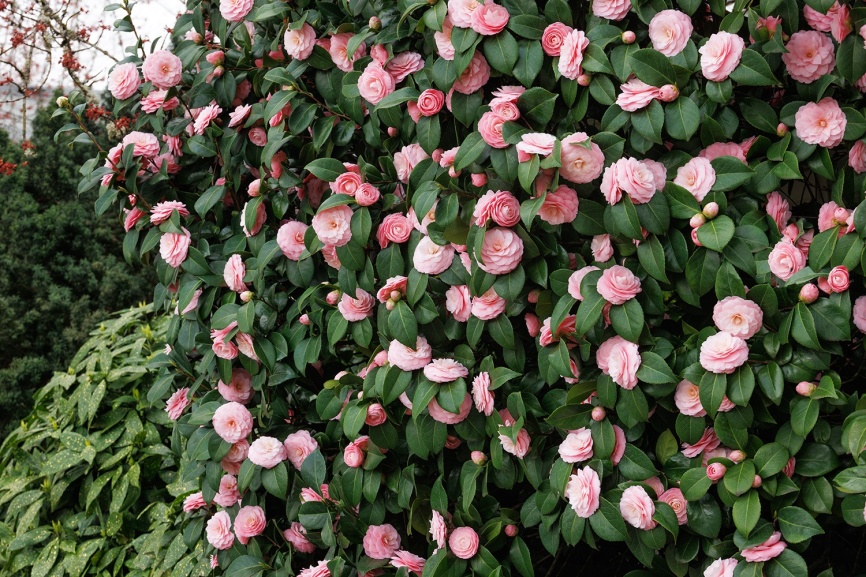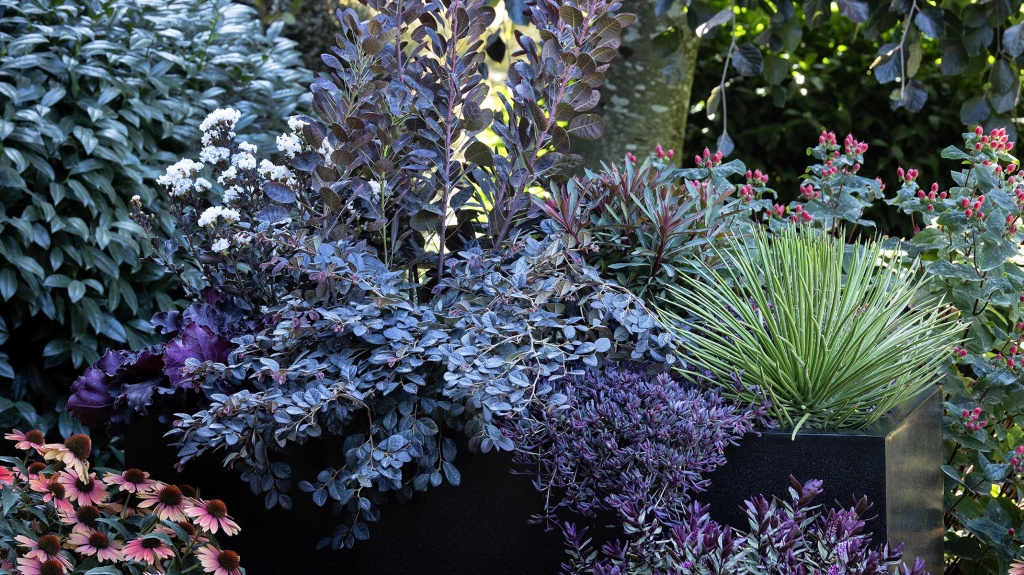You're growing in this Zip Code:
Change LocationDiscover Plants for Your Area
Sprite Dwarf Astilbe
Astilbe simplicifolia 'Sprite'
Retailers Near You
| Description | A delightful dwarf Astilbe, excellent for use in containers, as an edging and in foreground plantings in shade to dappled sun. Deer resistant. Feathery, soft, shell pink plumes are held above bronze green foliage in summer. Herbaceous perennial. |
|---|---|
| Bloom Time | Midsummer |
| Deciduous/Evergreen | Herbaceous |
| Special Features | Attracts Butterflies, Dramatic Foliage Color, Attracts Pollinators, Compact Form |
| Problems/Solutions | Deer Resistant, Rabbit Resistant, Very Wet Areas |
| Growth Rate | Moderate |
| Growth Habit | Clumping |
| Flower Attributes | Flowers for Cutting, Showy Flowers |
| Landscape Use | Border, Container |
| Design Ideas | Dwarf astilbe is a natural edging but it can also be used in masses to intensify its color visibility. Add to perennial borders for front end interest. Incorporate into woodland compositions to provide textural variation. Provides beautiful contrast in front of the lustrously green shrub Himalayan Sarcococca (Sarcococca hookeriana humilis) with its fragrant white flowers, or alternated along a border with Bennerup Blue Siberian Iris |
| Flower Color | Pink |
| Foliage Color | Green |
| Companion Plants | Sweet Box (Saarcococca); Bleeding Heart (Dicentra); Siberian Iris (Iris sibirica); Columbine (Aquilegia); Hosta (Hosta) |
| Care Instructions | Follow a regular watering schedule during the first growing season to establish a deep, extensive root system. For a neat appearance, remove old foliage before new leaves emerge. Divide clumps every 2 to 3 years in early spring. |
| History | This plant is derived from A. simplicifolia, which is native to Japan and figures into the famous Arends hybrids of Europe. It is also known as star astilbe, and was botanically named and classified by Japanese Tomitaro Makino, in the early 20th century. |
| Lore | This well known group falls into the Saxifrage family. The genus was named from the Greek for without sheen or non-shining to describe the foliage. Of the 14 or so species, most are from Asia, with a couple of North Americans. The earliest astilbes arrived from China to Paris via Jesuit missionaries, leading to early hybridization in that region and Germany rather than Britain. |
| Description | A delightful dwarf Astilbe, excellent for use in containers, as an edging and in foreground plantings in shade to dappled sun. Deer resistant. Feathery, soft, shell pink plumes are held above bronze green foliage in summer. Herbaceous perennial. |
|---|---|
| Bloom Time | Midsummer |
| Deciduous/Evergreen | Herbaceous |
| Special Features | Attracts Butterflies, Dramatic Foliage Color, Attracts Pollinators, Compact Form |
| Problems/Solutions | Deer Resistant, Rabbit Resistant, Very Wet Areas |
| Growth Rate | Moderate |
| Growth Habit | Clumping |
| Flower Attributes | Flowers for Cutting, Showy Flowers |
| Landscape Use | Border, Container |
|---|---|
| Design Ideas | Dwarf astilbe is a natural edging but it can also be used in masses to intensify its color visibility. Add to perennial borders for front end interest. Incorporate into woodland compositions to provide textural variation. Provides beautiful contrast in front of the lustrously green shrub Himalayan Sarcococca (Sarcococca hookeriana humilis) with its fragrant white flowers, or alternated along a border with Bennerup Blue Siberian Iris |
| Flower Color | Pink |
| Foliage Color | Green |
| Companion Plants | Sweet Box (Saarcococca); Bleeding Heart (Dicentra); Siberian Iris (Iris sibirica); Columbine (Aquilegia); Hosta (Hosta) |
| Care Instructions | Follow a regular watering schedule during the first growing season to establish a deep, extensive root system. For a neat appearance, remove old foliage before new leaves emerge. Divide clumps every 2 to 3 years in early spring. |
|---|
| History | This plant is derived from A. simplicifolia, which is native to Japan and figures into the famous Arends hybrids of Europe. It is also known as star astilbe, and was botanically named and classified by Japanese Tomitaro Makino, in the early 20th century. |
|---|---|
| Lore | This well known group falls into the Saxifrage family. The genus was named from the Greek for without sheen or non-shining to describe the foliage. Of the 14 or so species, most are from Asia, with a couple of North Americans. The earliest astilbes arrived from China to Paris via Jesuit missionaries, leading to early hybridization in that region and Germany rather than Britain. |
Retailers Near You
About Us
We have been pioneers and craftsmen in the art of growing plants for nearly
100 years. Since our founding in Southern California by Harry E. Rosedale, Sr.
in 1926, we have been absolutely dedicated and obsessed with quality.
We have been pioneers and craftsmen in the art of growing plants for nearly 100 years. Since our founding in Southern California by Harry E. Rosedale, Sr. in 1926, we have been absolutely dedicated and obsessed with quality.








